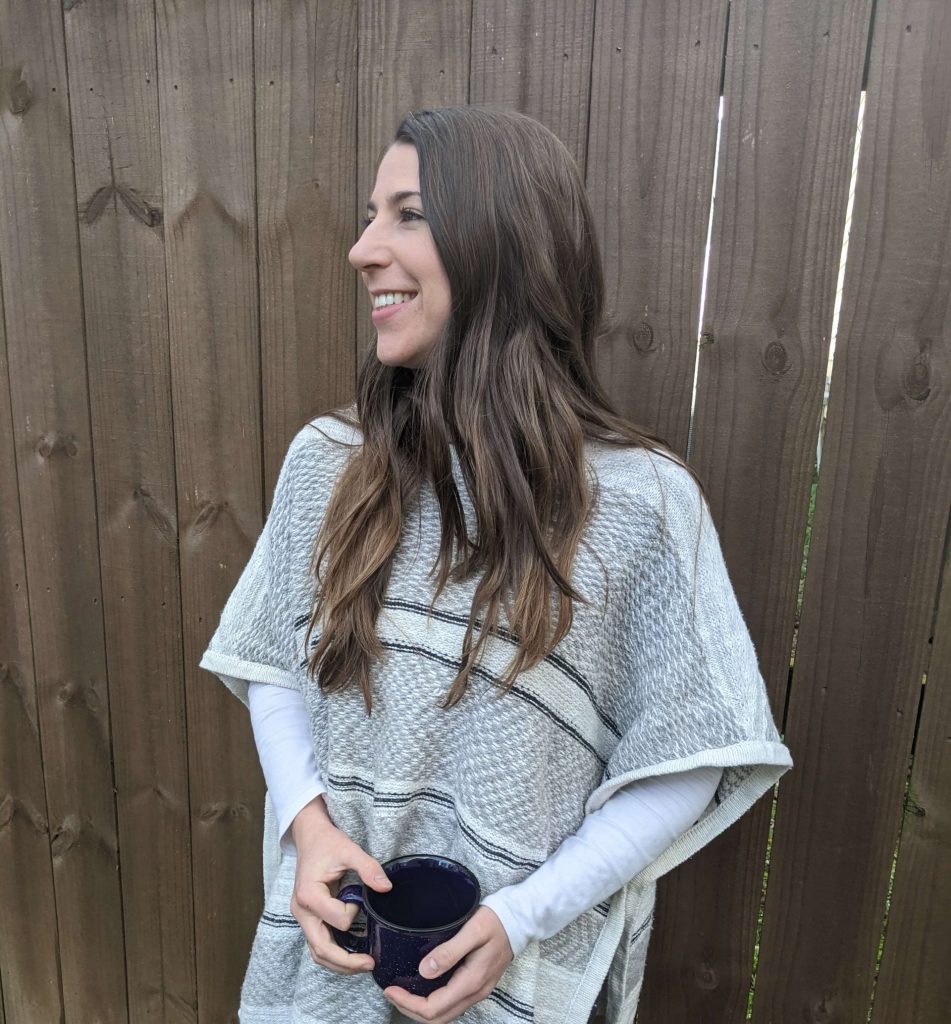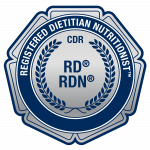Welcome!

Welcome!
Welcome!

I’m Erin. I’m a registered dietitian/nutritionist on a mission to help you reconnect with your body and mind and hopefully spend less time worrying about food!
How Can I Help You?
I work largely with individuals struggling with an eating disorder or disordered eating. You might be someone who has been on diet after diet and you are sick of it taking over your life. Or, maybe you are in the throes of an eating disorder and traditional treatment approaches are leaving you feeling confused, judged, or even ashamed.
There is no perfect diet or one-size-fits all in recovery. I strive to create a welcoming space of curiosity, prioritizing autonomy and consent to help you reconnect with your self and your body.
My Approach
I am a weight inclusive and affirming practitioner. This means that I celebrate and honor body diversity. I do not prescribe restrictive diets or lists of foods to avoid. I use the principles of Intuitive Eating (sometimes adapted) to support the work that I do with my clients.
I am sensitive to the culture that we live in that upholds the belief that small bodies are the most valuable. While I don’t prescribe restrictive diets myself, I can support you in your journey towards body acceptance, wherever you are at.
The principles of embodied recovery really resonate with me and I try to pull in these elements with my clients. That being said, I am not formally trained in this approach (yet!)
At the end of the day, I am client driven. There is no one-size-fits-all approach. Our sessions might involve a bit of meal planning, nutrition education, practical skill building, and may sometimes feel like a “food therapy” session.
Get to know me!
I live in Raleigh with my husband, almost 3-year old son, and 2 goofy bulldogs.
I enjoy running and have completed over 10 half marathons, a full marathon, and someday would like to pursue ultra-marathon distances. I love seeing how adequate fueling can enhance the training and racing experience! My one and only marathon was the most challenging and disorienting experience ever, and I can’t wait to do it again.
You can connect with me over craft beer and breweries, your favorite books, running shoes, dogs, and the joys and challenges of raising toddlers.
Professional Bio
Erin is a Raleigh-based dietitian with experience working with a variety of medical conditions. She has worked in primary care, diabetes education, eating disorders, and with athletes of all types. She holds a master of science degree in nutrition and has additional training in eating disorders, sports nutrition (particularly the intersection of the two), and is actively learning more about an embodied approach to eating disorder recovery. She is a member of EDRD Pro, a platform that provides training and education on eating disorders, The International Federation of Eating Disorder Dietitians (IFEDD), The International Association of Eating Disorder Professionals (IAEDP), and participates in clinical supervision as needed to enhance her practice.
What is a Diabetes Care and Education Specialist?
A diabetes care and education specialist (“CDCES”), formerly known as a Certified Diabetes Educator (“CDE”), is a health professional with specialized practice and study in diabetes care. They have met the following qualifications:
• Been in their practice at least 2 years
• Completed at least 1000 hours of diabetes education
• Passed a nationally recognized exam
• Completed at least 15 hours of diabetes-related continuing education each year
Media
Erin has been quoted in the following publications:
- Why does anorexia bloating occur?
- Getting your Period Back: Healing Hypothalamic Amenorrhea in Eating Disorder Recovery
- Interview with GoSolo Subkit
- Britney Spears Apologizes for Fat Phobic Post – Body Image Experts Share What We can Learn From it
- Eating More Fiber Can Help you Poop Regularly – unless you’re making these 2 mistakes
- How to Stick to a Healthy Diet
- RD Holiday Recipe Hacks
Erin is happy to connect with reporters, researchers, and writers for comments and quotes. Contact today!
Editorial Process
It is hard to find trustworthy information online. I take this seriously and put a lot of time and effort into researching the blog posts that I write.
Every article on this blog is written by myself, Erin Decker, MS, RD, LDN, or my colleague Kourtney Johnson, LD, unless otherwise indicated. Content is based on my nearly 10 years’ experience as a dietitian and up-to-date research, academic texts, and trustworthy websites. Journal articles are referenced in the text whenever possible. All content is reviewed as often as needed.
I welcome you to comment or reach out to me if you have questions or concerns!
Want to Stay Connected?
Sign up for my monthly newsletter or follow me on instagram!



